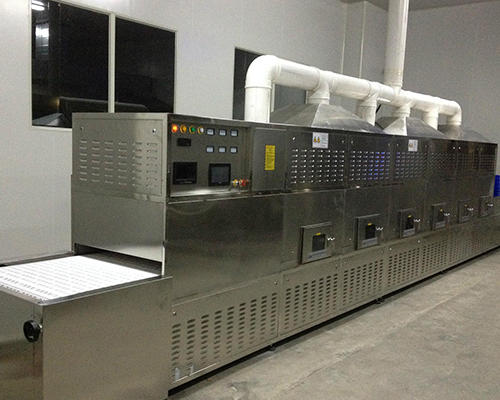Microwave electrodeless ultraviolet sterilization equipment The sterilization principle of UV is to use the sterilization ability of UV, so can UV directly kill microorganisms?
According to the different biological effects, ultraviolet light is generally divided into four parts according to the wavelength: A-band (UV-A), also known as black spot effect ultraviolet light (400-320 nm); B band (UV-B), also known as erythema effect ultraviolet (320 ~ 275 nm); C-band (UV-C), also known as sterilization ultraviolet (275 ~ 200 nm); D-band (UV-D), also known as vacuum ultraviolet ray (200-100 nm). C-band ultraviolet light is mainly used for water disinfection.

Under the irradiation of ultraviolet light, microorganisms undergo photochemical reaction to destroy the nucleic acid of microorganisms and inactivate them. The DNA and RNA of cells absorb the high energy emitted by short wave UV, and the absorption wavelength is mostly within the range of 200~275 nm, which will lead to the formation of new complexes between adjacent nucleosides, creating double structures or dimers in nucleic acids. After photochemical destruction of thymine in DNA, adjacent pyrimidines produce dimerization. The formation of most thymine dimers in the DNA of bacteria and viral bacteriocin prevents replication and zui from eventually leading to cell death.
Therefore, ultraviolet rays can not directly kill microorganisms, but by preventing microbial cells from replicating, Zui will eventually lead to their death.

